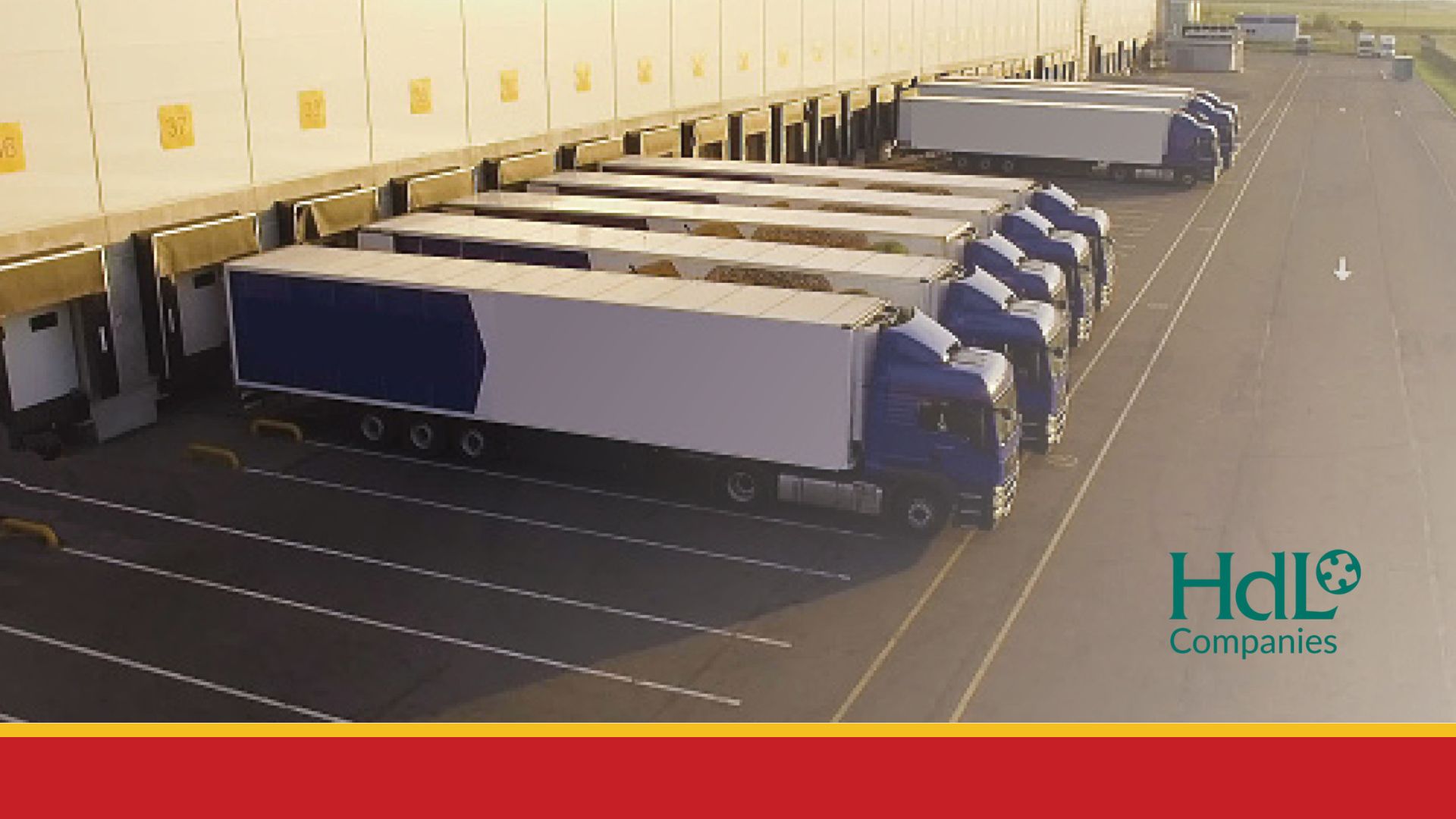 Damaged roads, high infrastructure bills and poor environmental quality are consequences of keeping tax codes stuck in the past. HdL can modernize your local tax codes to raise needed revenue to cover costly infrastructure repairs for your community.
Damaged roads, high infrastructure bills and poor environmental quality are consequences of keeping tax codes stuck in the past. HdL can modernize your local tax codes to raise needed revenue to cover costly infrastructure repairs for your community.
We all face obstacles daily. Drivers swerve around potholes and asphalt fragments in fear they’ll damage a tire. Runners notice – and avoid at all costs – the cracked, broken, ankle-twisting roads in their cities. Did you know there are multiple types of asphalt cracks? Fatigue, block, edge, longitudinal, transverse, and the list goes on. When it pertains to the highly-trafficked roads of industrial American cities, we’re talking about fatigue cracking – cracks caused by load-related deterioration.
Armies of delivery trucks travel city streets built for cars every day, eroding pavement faster than ever before. As they move goods in and out of distribution centers, from city to city, municipalities have little to no tax revenue to show for it, costlier infrastructure bills and worsening environmental quality.
Today, Google can provide more information on taxes related to horse-drawn carriages than freight trucks. Most local tax codes for trucks and their counterparts – cargo equipment, warehouses and distribution centers – have not been addressed or updated in decades.
California Streets
In 2000, the City of Vernon argued that warehouses generated much of the truck traffic that chewed up their city streets, required expensive repairs, caused road congestion, and didn’t generate their fair share of tax revenue. The City imposed a special parcel tax, increasing property tax on warehouses by 2,000%. (1)
The City of Moreno Valley imposed a 1% city sales tax increase to raise revenue for roads, police, and infrastructure. The school district fought it and proposed a warehouse tax instead. They wanted to use the revenue to enhance public education and quality of life fearing that continuing to promote the industrial area would drive residents away. (2)
California voters voted against Proposition 15 in 2020 and agencies continued to struggle with ways to increase revenue. One of the more unique remedies to date is The Indirect Source Rule which requires warehouses and trucks to reduce emissions and exposure to pollutants or pay a mitigation fee. (3)
The City of Santa Fe Springs is currently considering restructuring their business license tax. It’s based on the number of employees the business employs, but a shift to taxing gross receipts could bring in up to an additional $4 million per year. (4)
The recently enacted Bipartisan Infrastructure Investment and Jobs Act will allocate roughly $110 billion towards the country’s roads, bridges and transportation programs, but it could take months, even years, for states to receive this funding. Increased cost of goods and construction will also impact how far the funding will stretch. Agencies need a more immediate course of action.
Tax Structure Reform
Damaged roads, high infrastructure bills and poor environmental quality are consequences of keeping tax codes stuck in the past. Reforming a tax structure isn’t exactly a walk in the park. Staff must have a comprehensive understanding of the process and capacity to meet its requirements to be successful. That’s where HdL can help. We’ve assisted more than 100 agencies navigate and overcome tax code hurdles.
Phase 1: Review and Analysis
- Reveal total revenue trends, total and average revenues by business, business type and tax category, total employee counts and sales volumes, and more.
- Use your tax registry to compare your agency’s tax model to those of neighboring agencies in a comparative analysis.
- Review your agency’s existing tax code for weaknesses, such as tax loopholes and codes that could lead to legal challenges.
- Document findings in a report of tax restructuring options for consideration. Options could include new or modified gross-receipt based taxes, employee-based taxes, flat taxes, or a combination.
- Use these options to draft a new and detailed tax structure.
Phase 2: Engagement and Implementation
- Internal and external stakeholder and resident education is essential. Agencies are required to propose this new tax structure to residents via a local ballot measure. Local ballot measures on general purpose taxes must pass with a majority vote.
- If a ballot measure passes, implement voter-approved tax structure.
- Document and manage project plans.
- Continue to educate businesses and residents about pending changes.
- Develop reports and analysis to track the new structure’s impact on businesses and the city, post-implementation surveys, and much more.
For more information on how we can assist your agency with Code Modernization, contact HdL’s tax and fee expert, Director of Professional Services, Josh Davis.
Sources





